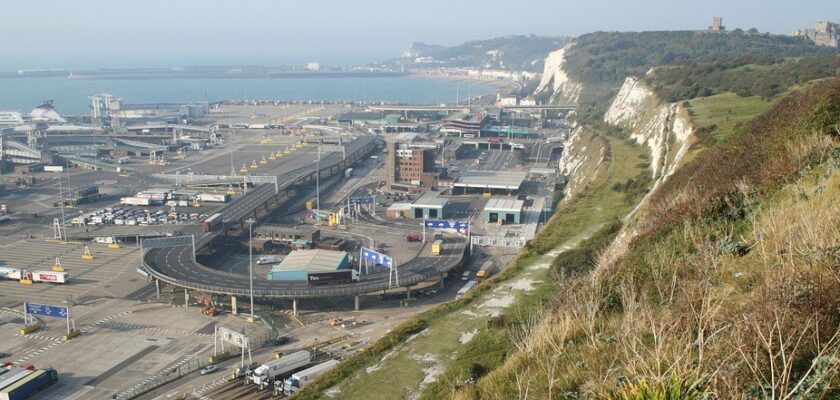White Cliffs of Dover
The White Cliffs of Dover is a magnificently beautiful natural monument located in the south-eastern part of the UK, in the county of Kent. The White Cliffs fringe the shore of the Pas de Calais and stretch west and east from the ancient port city of Dover. For many centuries it has been a reliable landmark for all ships heading for Great Britain. When sailors see the white cliffs in the distance, they can be sure that the British shores are just a short distance away. It is because of the white colored ledges that the coast of England began to be called the Foggy Albion, because in Latin albus means “white.”
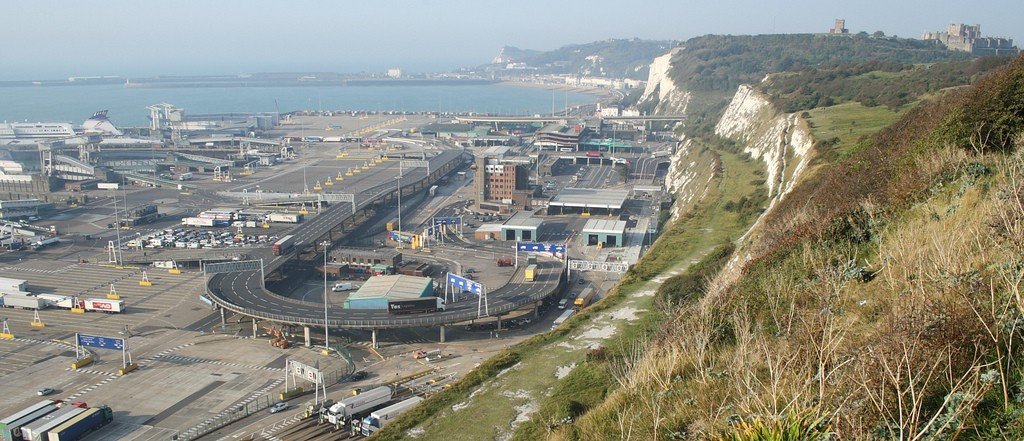
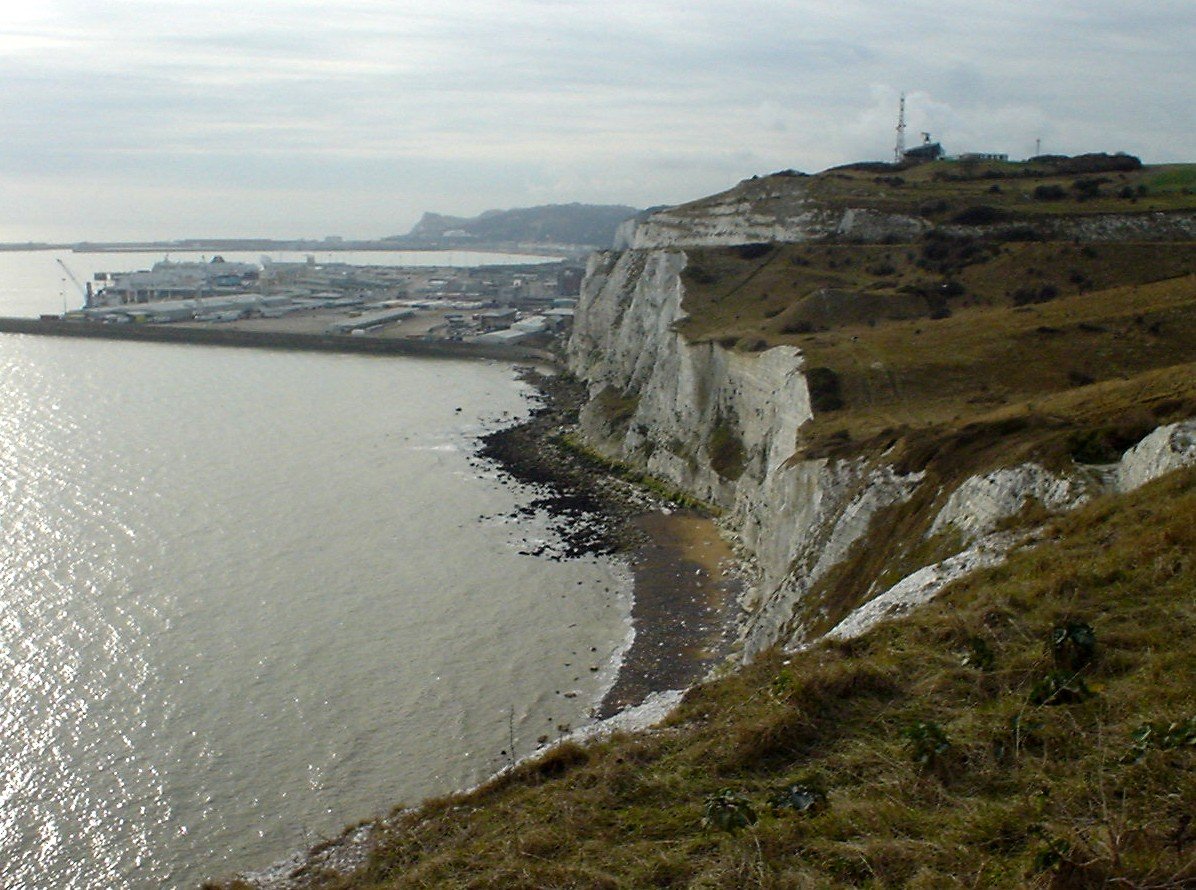
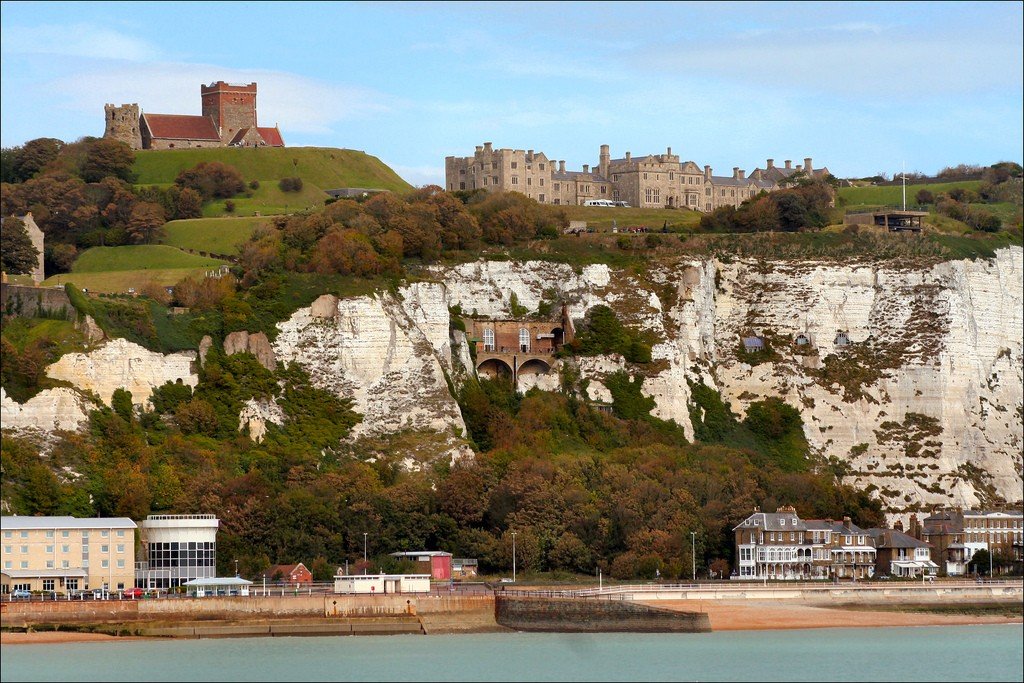
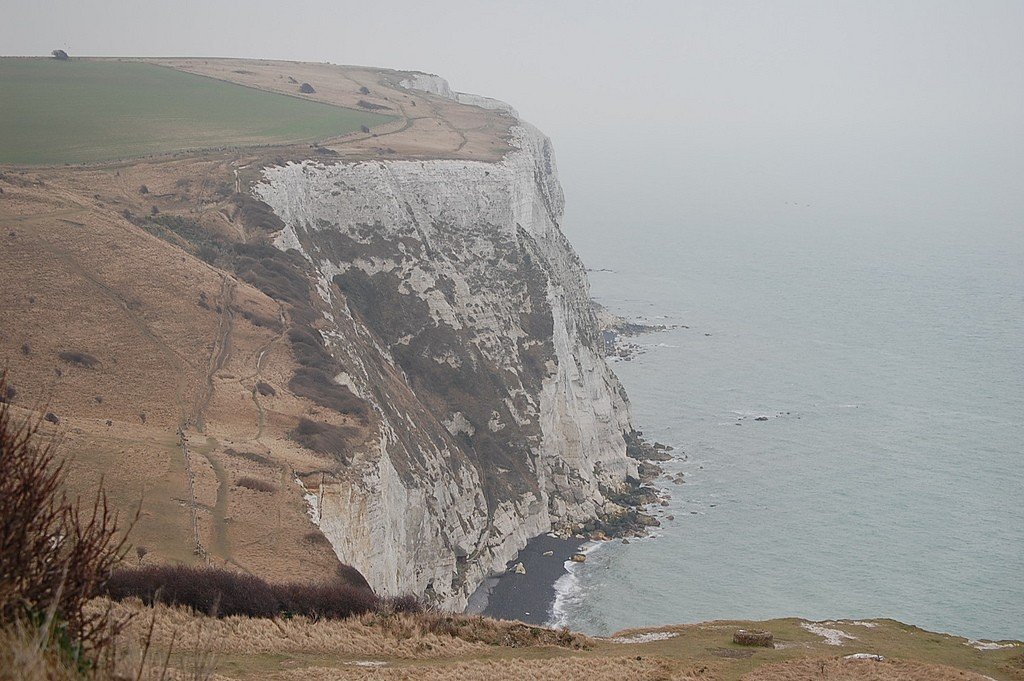
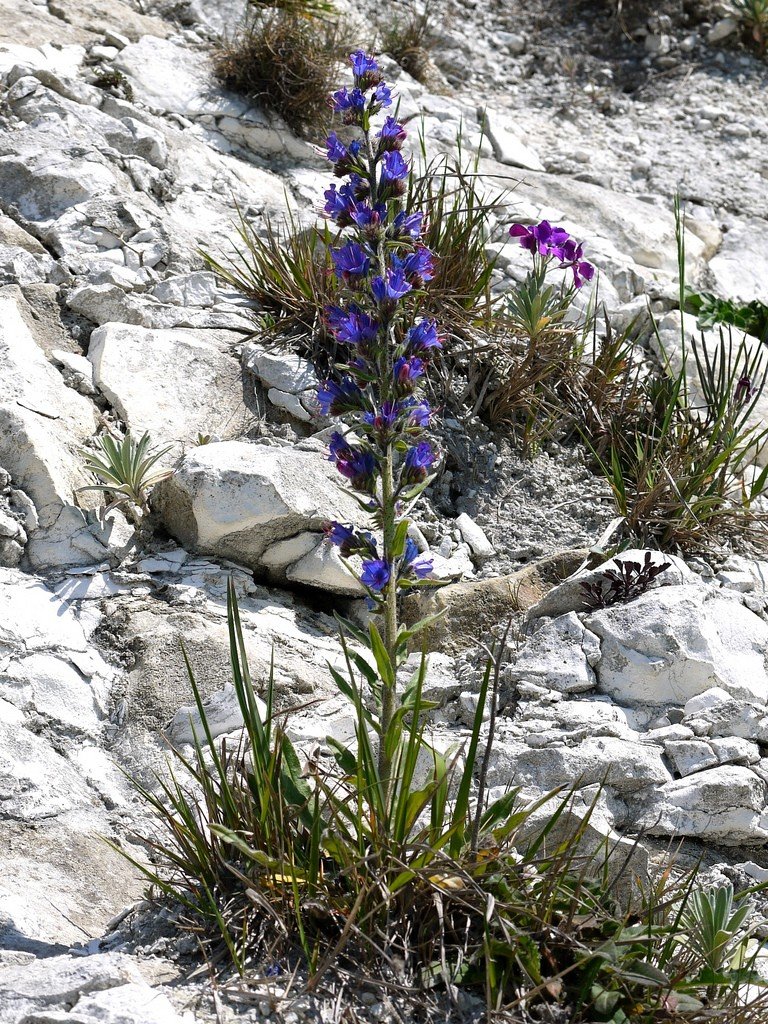
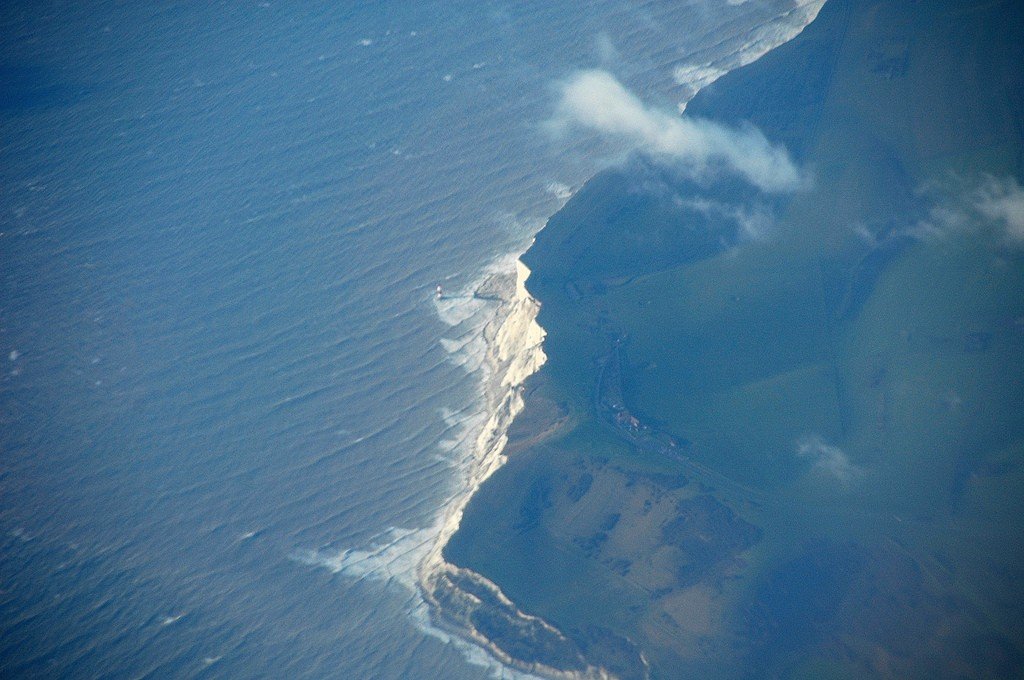
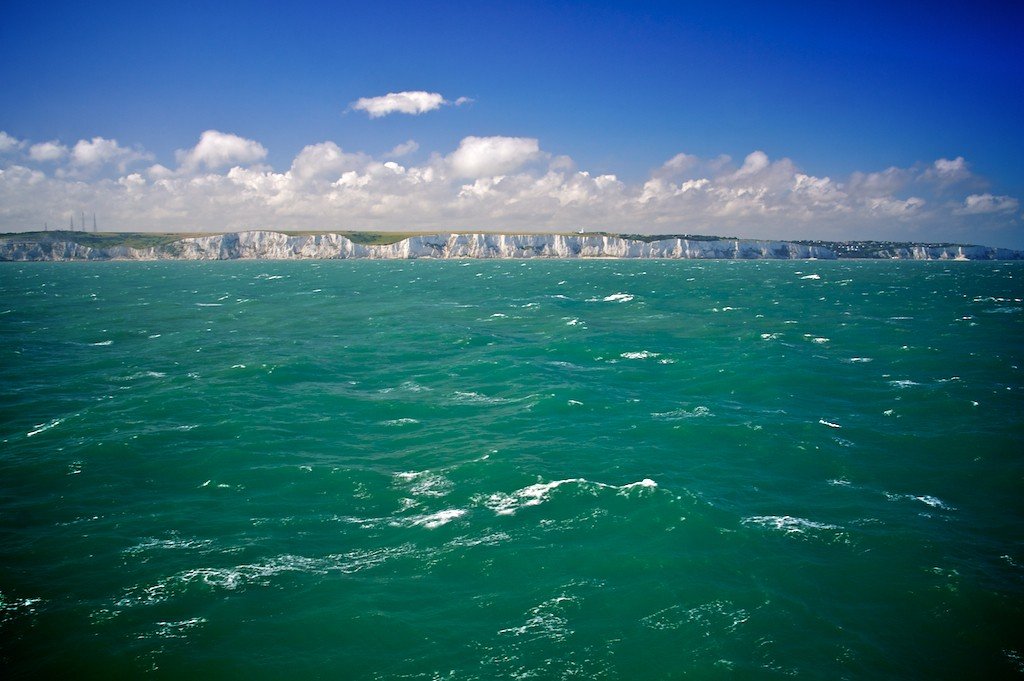
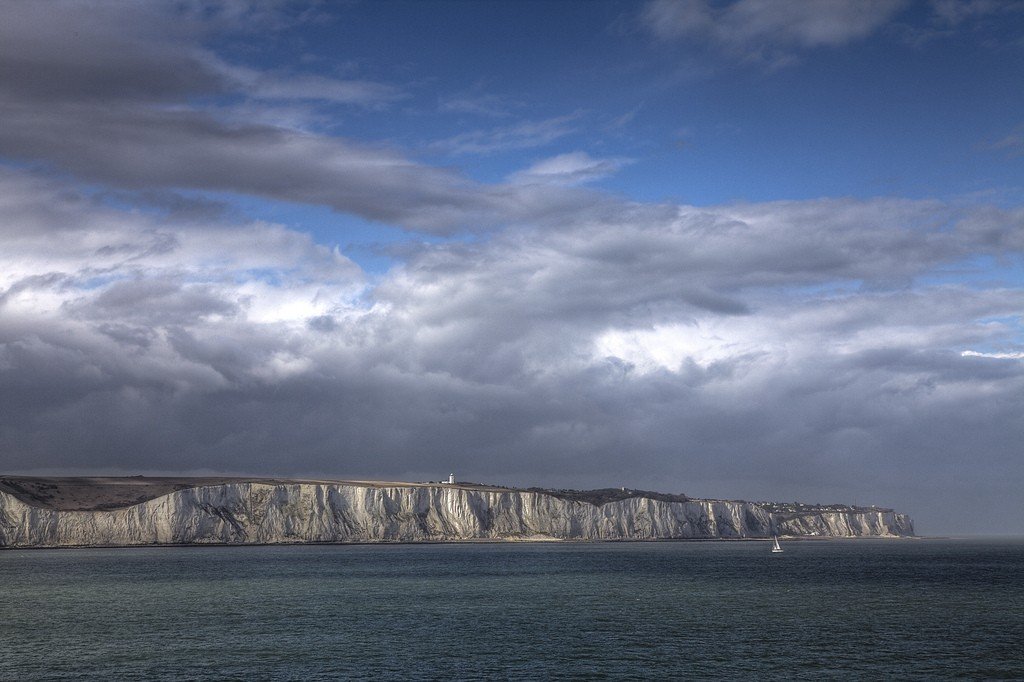
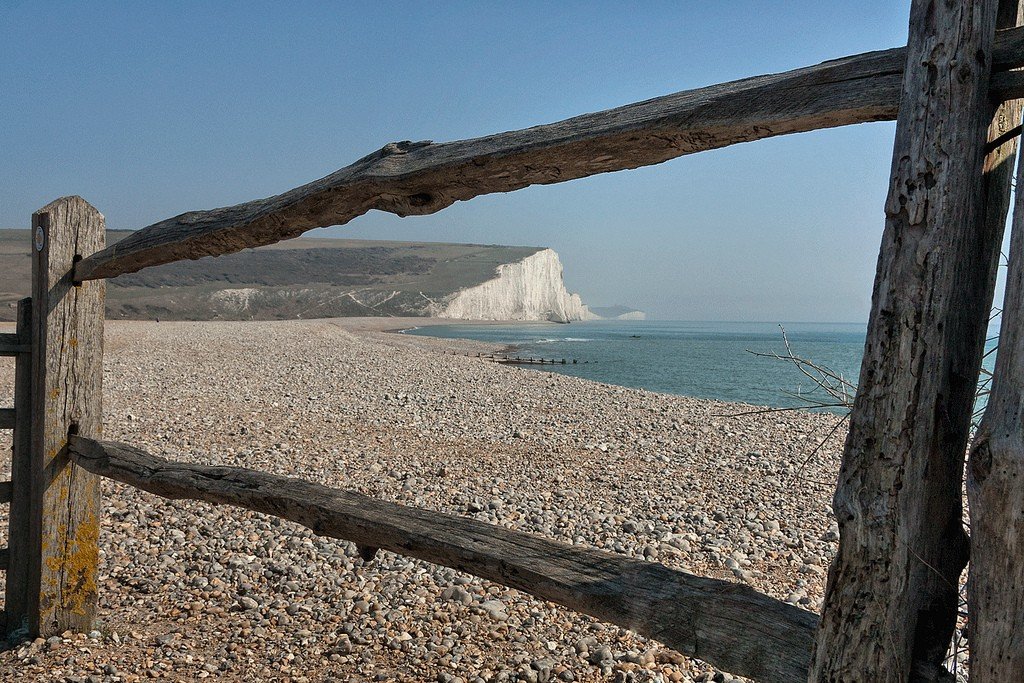
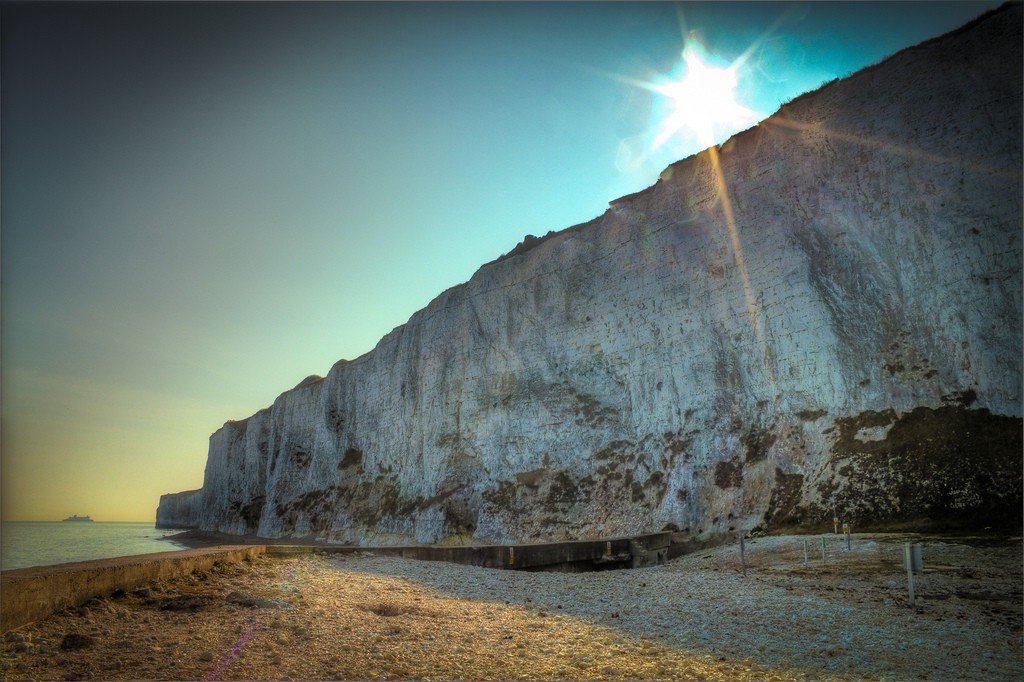
Video: The White Cliffs of Dover
Highlights
The High Cliffs were formed during the Late Cretaceous. The limestone deposits, up to 107 meters thick, are the remains of marine animals that lined the bottom of the ancient sea layer by layer over millions of years. Layers of snow-white chalk alternate with bands of dark silica.
.The impregnable cliffs are the subject of English folklore. Many songs and folk tales have been written about them. The picturesque high cliffs have been sung by poets, and their images can be seen in the paintings of many famous artists.
.
The white cliffs of Dover have long become one of the popular tourist attractions, which is visited by many travelers from the UK and abroad. Walks along the coastline are a must on Kent county tour itineraries.
.The best time to visit here is from late spring to early fall, because during the cold season the coast is constantly blowing chilly winds. You should also keep in mind that after the rains the paths above the White Cliffs can be quite muddy.
.
Natural Features
The cliffs above the sea are constantly affected by severe coastal erosion. They are eroded by the sun, plant roots, coastal winds and sea surf. Millimeter by millimeter, the land slowly recedes and what remains of the cliffs are the remnants that are here called the white “lighthouses” of Dover.
.
Plants that can only be found on chalk soils are well studied by botanists. They go by the name of calcephilous. The abundance of flowers over the coastal escarpments was noted as early as the reign of Queen Elizabeth I. The famous English scientist William Turner, who lived at that time, specially came to the White Cliffs of Dover and made a complete description of the species found here. To this day, tourists walking along the trails can admire yellow and sapphire glaciums, as well as several species of wild orchids.
.Dover Castle
The coastal town of Dover was of strategic importance to the British, as the neighboring mainland nation of France is only 34 km away. The castle was built over the White Cliffs of Dover at 114 meters above sea level. It enjoyed the constant attention of British monarchs and was named the Key of England.
.The ancient fortifications are considered a significant monument of fortification art. Serious reconstruction of the castle was carried out in the early 19th century, during the Napoleonic Wars. In addition to strengthening the outer walls, a system of tunnels was dug at a depth of 15 meters in the chalky soil. During the Second World War in the underground tunnels under the Dover Castle there was a bomb shelter, and in later times – a command post and a military hospital. These days, the ancient castle is open as a museum.
.How to get there
The White Cliffs are located near the English town of Dover, in the county of Kent. One of the most important British roads, the A-20 highway, is located near the cliffs. From London, the A-2 leads to Dover, so it is not difficult to get here by car.
.Travelers who go to get to the coast by public transport can take one of two options. The cheaper and longer one is to get to Dover in 2-3 hours by National Express buses, which depart from London’s Victoria Coach Station. Alternatively, you can travel to Dover by train. The trip by rail takes just over an hour. Trains to the coast run from two London stations, Charing Cross and St Pancras International.
.